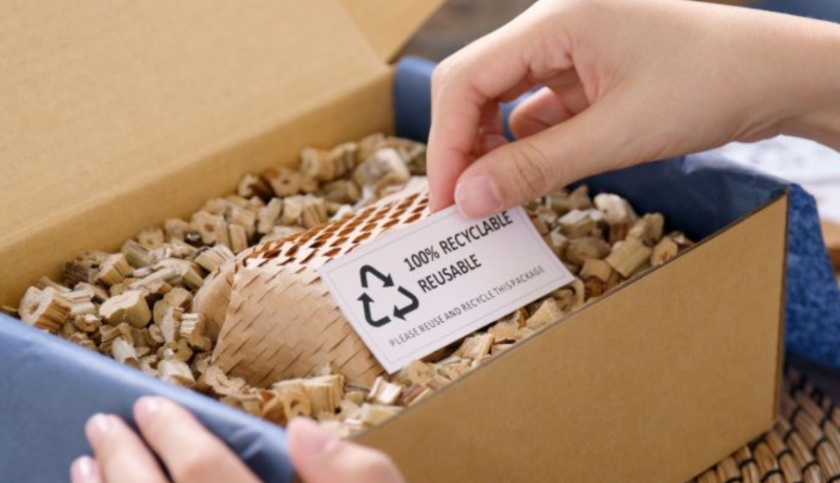
We all like to do our part when it comes to recycling and being green. Part of that is the practice of recycling and reusing plastic bottles. The vast majority of us would likely believe that the plastic bottles we toss in our recycling bins eventually come back as other plastic bottles later in their lives. It’s the circle of drinkware life, so to speak.
At least, it is in theory. But, in reality, only a small fraction of the plastic we recycle from our bottles go into future plastic bottle manufacturing.
According to CNBC, Coca-Cola sources only 7 percent of its plastic from recycled materials. Nestle Waters North America said that only 6 percent of its plastic bottles are made from recycled plastic. CNBC reported that PepsiCo declined to give an exact percentage, but said that it grew to 139 million pounds in recycled plastic. But, a Greenpeace study showed that the largest soft drink companies, excluding Coca-Cola, use a combined average of 6.6 percent recycled plastic.
Instead of returning to the market as new bottles, most plastic bottles are used to make synthetic fabrics for clothing. As we’ve seen, companies like Adidas have been using plastic waste for apparel and footwear.
CNBC noted that the athleisure boom has especially been good for recycled plastic.
Demand has been helped along by the athleisure boom—as well as carpeting, bags, packaging, and straps for shipping boxes.
That means nearly every drink we buy is packaged in new plastic, a trend aided by the recent drop in oil prices—plastic is made from petroleum—making new plastic cheaper than recycled material. Environmentalists worry that for beverage companies, future growth relies on producing more disposable bottles that, in the current system, only feeds a growing volume of plastic junk across the world.
Many of the plastic products that we toss in the recycling bin still end up in landfills, but some companies are working to change that.
Plastic executive Leon Farahnik told CNBC that his company CarbonLite is processing used plastic bottles into bottle-grade plastic for big-name clients, like the aforementioned Nestle and PepsiCo. Now, Nestle’s Arrowhead spring water makes 90 percent of its bottles from 50 percent recycled plastic.
That’s certainly a good start.
“Fifty years from now, when I am not around, people will be digging landfills and thinking we were crazy people,” Farahnik told CNBC. “How could we create landfills rather than recycle?”
It does make sense to turn plastic bottles into other plastic materials, like polyester for apparel. Converting plastic into fibers for apparel requires less energy and labor than converting it into food-grade drinkware.
Still, the number of plastic drinkware products that aren’t actually recycled is disheartening.
“You think if you recycle a bottle you’ve absolved yourself of responsibility,” Gail Baugh, a former teacher of textiles and fashion merchandising at San Francisco State University, told CNBC. “But it’s simply not true.”


